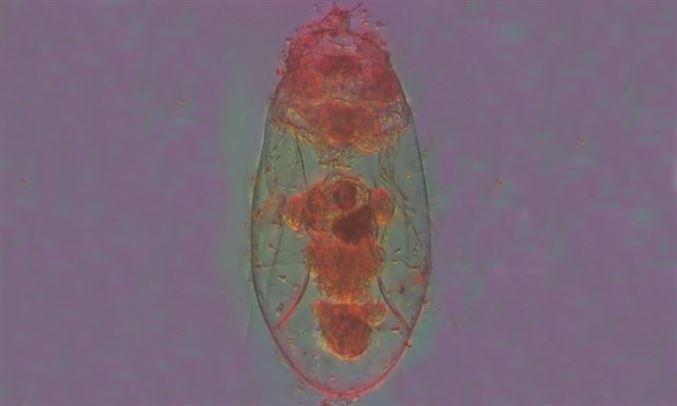The morphology of the trophi serves as the primary diagnostic feature; however, it exhibits significant variability in the position and number of teeth present on the rami. This variation includes differences in the shape of the teeth, ranging from blunt to pointed. Additionally, some individuals display broad allulae extending from the sides of the trophi, while others have small, slender projections. Moreover, the curvature of the anteriormost teeth can differ among specimens from various localities.The body of this organism is highly transparent, allowing for easy observation of its internal structures. The ovary has a roundish shape, and it lacks cement glands. This species is viviparous, meaning it gives birth to live offspring. These distinctive features highlight the diversity and adaptability of this particular organism, which can exhibit variations in trophi morphology and other characteristics.
